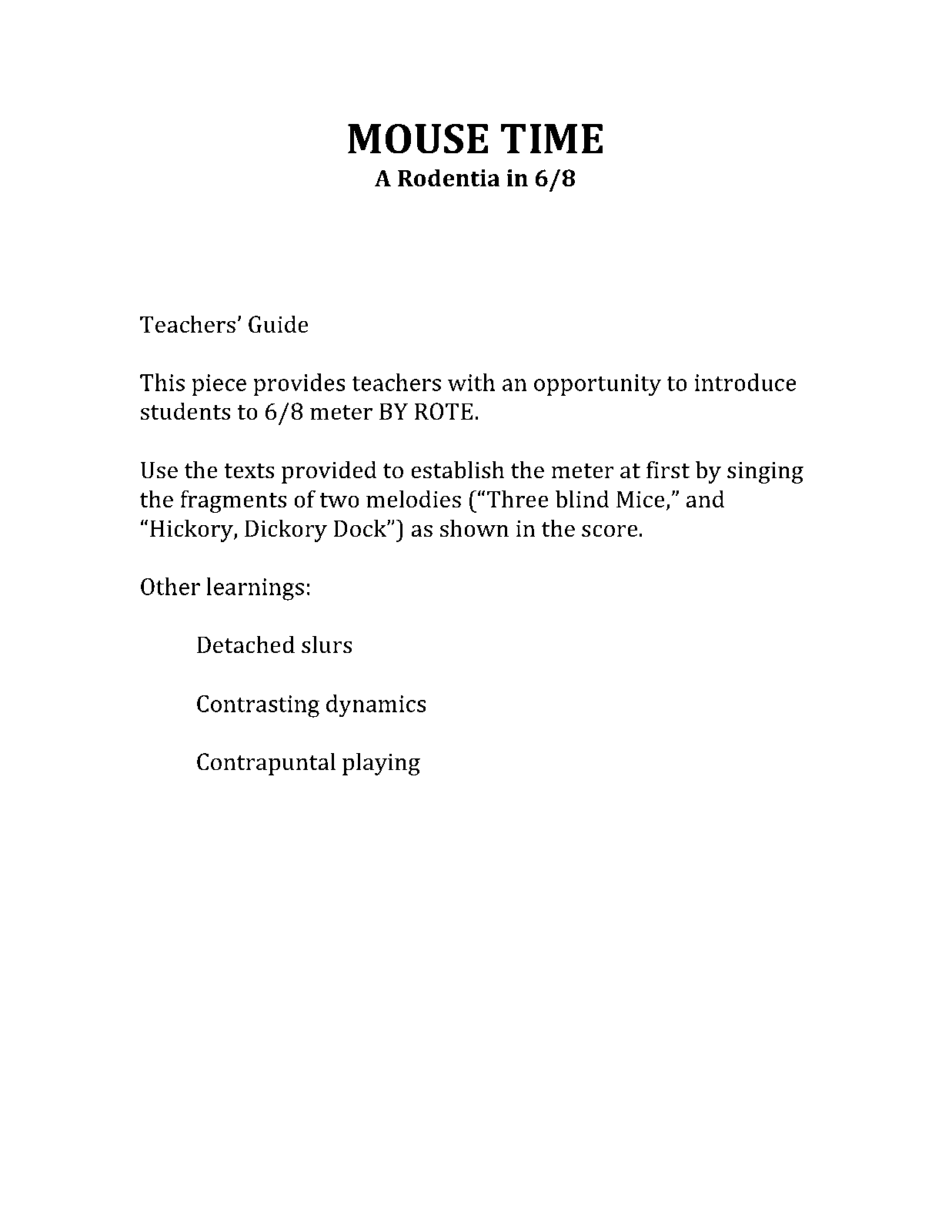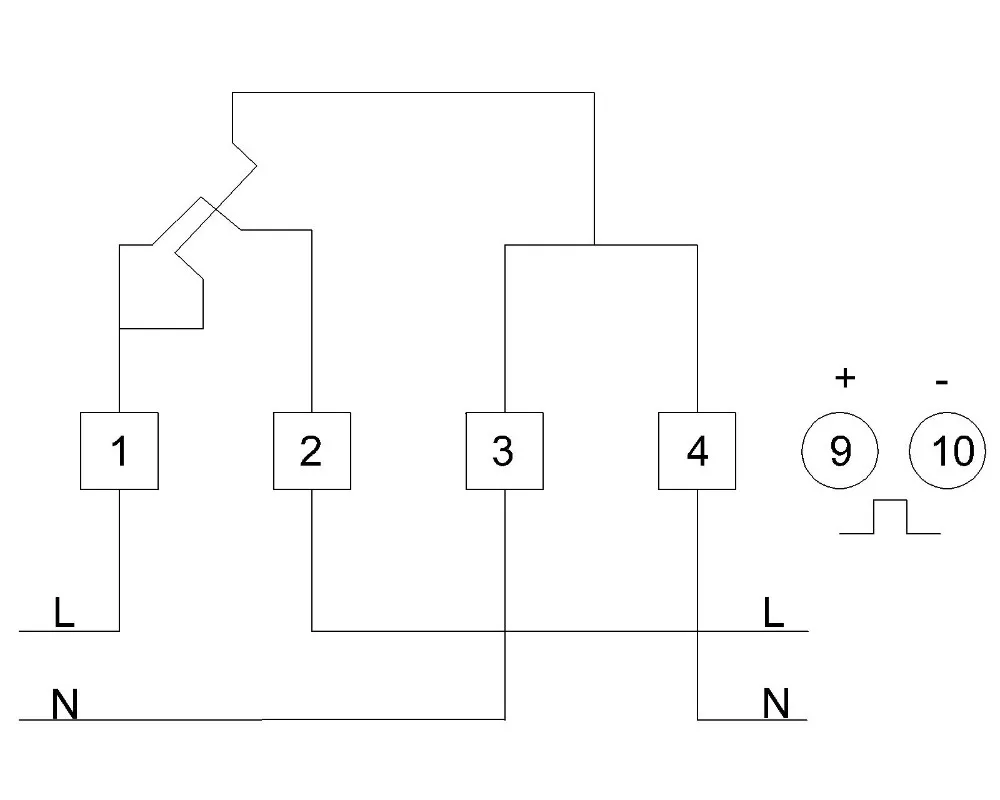
Actual Beat DivisionsĪs mentioned above, though the score indicates a 3/4 time, the actual beat division can be the whole bar, particularly at faster tempos. Terms such as quadruple (4), quintuple (5), and so on are also occasionally used. For example, a fast waltz, notated in 3/4 time, may be described as being one in a bar. To the ear, a bar may seem like one singular beat. Time signatures indicating two beats per bar (whether they are simple or compound) are called duple time those with three beats to the bar are triple time. One two three, four five six Beat and Time But whereas the six quavers in 3/4 had been in three groups of two, 6/8 is practically understood to mean that they are in two groups of three, with a two-in-a-bar feel ( Bold denotes a stressed beat):

It has a basic feel of ( Bold denotes a stressed beat):Įach quarter note might comprise two eighth-notes (quavers) giving a total of six such notes, but it still retains that three-in-a-bar feel:Ħ/8: Theoretically, this can be thought of as the same as the six-quaver form of 3/4 above with the only difference being that the eighth note is selected as the one-beat unit. Exampleģ/4 is a simple signature that represents three quarter notes. The lower number is most commonly an 8 (an eighth-note): as in 9/8 or 12/8. Compound time signatures are named as if they were simple time signatures, in which the one-third part of the beat unit is the beat, so the top number is commonly 6, 9 or 12 (multiples of 3). In compound meter, subdivisions of the main beat (the upper number) split into three, not two, equal parts, so that a dotted note (half again longer than a regular note) becomes the beat unit. In modern notation, it is used in place of 2 and is called alla breve or, colloquially, cut time or cut common time.

#6 8 METER FULL#
The symbol is derived from a broken circle used in music notation from the 14th through 16th centuries, where a full circle represented what today would be written in 3/2 or 3/4 time, and was called tempus perfectum (perfect time). The symbol is also a carry-over from the notational practice of late-Medieval and Renaissance music, where it signified tempus imperfectum diminutum (diminished imperfect time)-more precisely, a doubling of the speed, or proportio dupla, in duple meter. The symbol is sometimes used for 4/4 time, also called common time or imperfect time. The most common simple time signatures are 2/4, 3/4, and 4/4.
#6 8 METER PLUS#
Basic time signatures: 4/4, also known as common time 2/2, also known as cut time or cut-common time (cut time) plus 2/4 3/4 and 6/8.


 0 kommentar(er)
0 kommentar(er)
